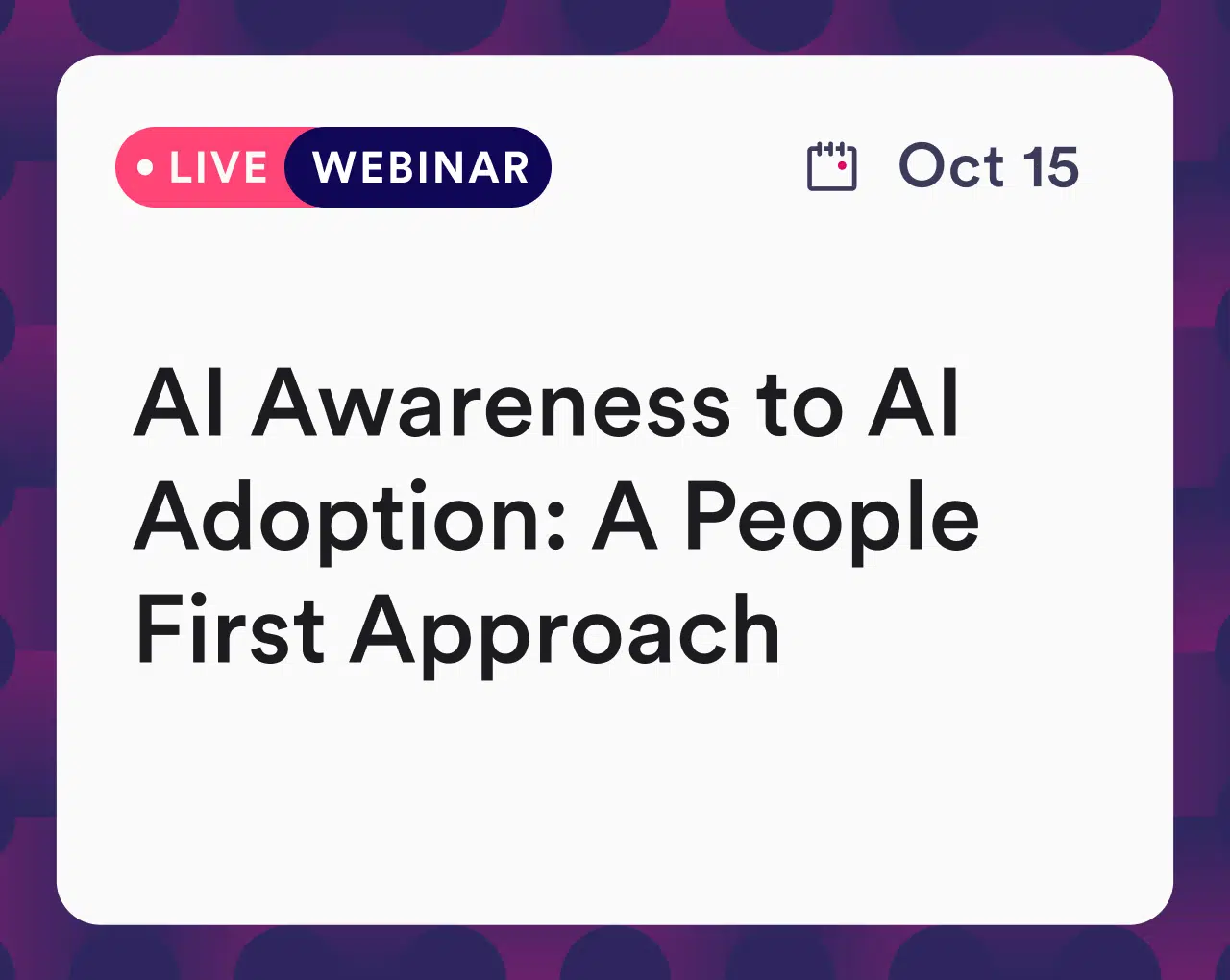Company culture is the invisible force that guides our organizations and shapes the employee experience. While intangible, it can be a business’s most powerful asset to attract and retain talent, when done right, says Greg Besner, the founder and CEO of CultureIQ, a culture management software company, and the author of “The Culture Quotient: Ten Dimensions of a High-Performance Culture.”
“When we first launched CultureIQ at the beginning of 2014, the word ‘culture’ was the most looked-up word online in the Webster’s Dictionary that year,” said Besner. “That year was really a turning point for culture for a few reasons. There had been a growing understanding among companies that culture could be a differentiator. To really make a difference, outperform your peers, and attract and retain the best talent, leaders began to recognize that culture is what sets companies apart.”
But, creating and changing culture is easier said than done.
In his book and recent Hone webinar, “Build A Thriving Culture During Turbulent Times,” Besner breaks down the most influential dimensions of company culture and shares the practices companies with high-performance cultures are using to engage employees. Here’s a look at how your company can perfect your mission, vision, values, communication, work environment, and wellness programs to build a company culture that can carry you through difficult times and set your business apart:
Company Mission, Vision, and Values
Your company’s mission statement, vision, and values are more important than you might think. They aren’t just words you throw up on a conference room wall, they are the values and lessons you want your employees to keep in mind every day and the north star guiding your organization’s goals and success. But, having a strong mission, vision, and values statements only matters if your employees understand and believe in them.
“To have true mission and value alignment, your business’ values need to be explicit,” said Besner. “People need to understand that the company and its leaders make decisions, plan strategies, and take actions based upon the company values.”
At CultureIQ, we collect data from thousands of organizations to track the dimensions of culture and understand what makes up a high-performance company and culture. In the graph below, we see that mission and value alignment has a tremendous impact on employee Net Promoter Score (eNPS), or the number of employees who would recommend your organization as a great place to work.
This proves that your company’s mission, vision, and values play a big role in your employee experience. They aren’t just something senior executives create and then forget about. They should be part of hiring conversations, performance reviews, employee recognition initiatives, and more. By weaving them into the employee lifecycle, companies and their leaders can show their commitment to these values and encourage others to embody these values in their work.
Workplace Communication
“While communication might seem like a straightforward element of company culture, like riding a bike, you’d be shocked at how many organizations just don’t get this right,” cautioned Besner.
Everyone assumes that their organization communicates well, but communication spans beyond team communication. It means making sure that your employees know how to send, receive, escalate, and understand information, as well as ensuring they get the information they need in a timely manner to perform their jobs successfully.
To communicate effectively, you must share information clearly and in a timely manner. Remember, communication is a two-way street. You need to listen to your employees, understand their concerns, and give them the information they need to make better decisions and feel included in the conversation.
Communication must be ongoing, too. For example, just having a company mission, vision, and values isn’t enough. You need to frequently communicate your purpose, goals, strategies, and milestones so your employees know the health of the company and can celebrate successes and learn from failures. “Unfortunately, I have found that this is consistently the most challenging dimension of culture and something we can all focus and improve on,” said Besner.
According to CultureIQ data, communication is the most challenging dimension of culture to perfect. “Although we all feel that we communicate well, communication is the poorest dimension of culture, which is dangerous as it has a high impact on employee satisfaction,” said Besner.
This is especially important for businesses to keep in mind as we all continue to work remotely. A lack of information or late delivery can leave employees feeling left in the dark and chronic poor communication can affect productivity, employee satisfaction, and even increase turnover. We often forget that the people on our team don’t have the same context and information. In the absence of information, people get anxious and can even jump to the wrong conclusions. Over-communication, especially while the majority of workers are remote, can help improve the situation and ensure everyone feels kept in the loop.
Work Environment and Wellness
Spending the majority of our waking hours in the workplace has a tremendous impact on our physical and mental health. That’s why building a company culture that values a healthy work environment and work-life balance is key.
“I would argue that the work environment and wellness are completely linked, especially right now,” said Besner. “If you think about how people are approaching work-life balance right now, it’s simple: they’re balancing their wellness and their work.”
A great work environment ensures every employee feels comfortable and has the resources to be effective, while a strong wellness program ensures you have the policies and resources in place to help people maintain their health.
According to CultureIQ data, a company’s work environment has the largest impact of any culture factor on employee satisfaction, which is fortunate, as it’s also the highest-rated culture dimension. That means most companies seem to be getting it right. Wellness, on the other hand, is in the opposite corner of the chart, meaning it’s the dimension of culture that is the least impactful on how an employee experiences company culture.
“In my conversations with many organizations and many employees, I’ve found that most employees don’t necessarily recognize that a company can have an impact on their wellness,” said Besner. “That said, even though employees don’t necessarily feel that it’s a company’s responsibility, they give it the lowest score across all 10 dimensions.”
The highest performing cultures, says Besner, are proactive to make sure employees have resources for both their mental and physical health. They’re not letting employees fend for themselves, which is increasingly crucial as employees continue to work remotely.
Above, we have another data set that shows the top three factors employees value are good work-life balance, growth opportunities, and workplace flexibility. Both work-life balance and flexibility tie in strongly to employee wellness and have been under the spotlight during the pandemic. People are rethinking what’s important to them – where and how they live and where and how they work – and businesses need to work to keep up.
—
2020 certainly put company culture to the test. It’s proven that culture is deeper than in-office experience and that businesses need to find new ways to engage remote employees and connect them to the business’ mission, vision, and values. One way you can show employees your organization is invested in their growth? Online learning.
Hone is the live online learning solution built to teach employees the leadership and people skills they need to lead modern teams. Click here to learn more about Hone for business and give your team access to our robust library of expert-led classes.











